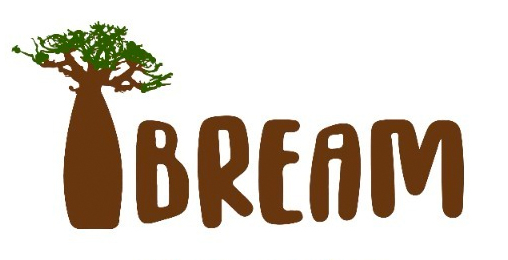Hello readers of the IBREAM website, I like to introduce myself. I am Estefania Erazo-Mera, another fan of Pygmy hippos in the IBREAM family. I have designed my research project from Townsville – Australia at James Cook University, where I am pursuing my PhD. So, you may wonder, why study a species so far from Australia? Well, studying this unique endangered species, that lives in a very remote and threatened habitat, is not only interesting but also challenging. This is why I decided to embark myself into this adventure; with the assistance of my advisory panel, we have designed a novel project that will provide crucial information for the overall conservation of the pygmy hippopotamus.

Multidisciplinary Conservation
My adventure started with an extensive literature review about pygmy hippos and most importantly, I regularly liaise with expert veterinarians and zookeepers who have provided me with insights about pygmy hippo health and the existing health challenges this species face in the Zoos. In addition, I work closely with our collaborators from Cote d’Ivoire who have extensive knowledge on pygmy hippo’s ecology and habitat. Currently, we have clear that there is little knowledge about the demographics in the wild populations, something which is crucially important for the determine the species viability in the long term.

“Athena”, a six year-old female pigmy hippo living in (Flic-en-Flac – Mauritius)
Photo courtesy of Casela Nature Park (Mauritius)
Based on the evidence that shows that the conversion rate from rainforest habitat to other land uses is high, previous population assessments have established that pygmy hippo populations are decreasing. To date, few studies have investigated pygmy hippos inside protected areas, where faeces, footprints, and images from camera traps have hinted how wild populations use the habitat and which area they commonly used for foraging and shelter. Nevertheless, there are still uncertainties about habitat loss dynamics (i.e. how the habitat changes) and wild population structure in wild pygmy hippo populations (i.e. how pygmy hippo populations respond to those changes in the habitat). Importantly, most studies only show the presence or absence of pygmy hippos in certain areas, based on their faeces, or camera trap images. However, there are no studies that try to identify the sex of the hippos that leave those faeces behind or cross the camera trap transects. Gaining such knowledge would be very valuable as we can then finally predict the survival chances of the remaining population for the longer term.
As an Environmental Engineer, I tend to look at the broader picture of everything and how to solve problems. Thus, my research project is integrating different techniques to i) clarify pygmy hippo habitat loss by using satellite images and analysing the different drivers that caused habitat deforestation, ii) extract the DNA from faeces and establishing the sex of pygmy hippos and, iii) assess body measurements to identify differences between male and female animals.

“Keep calm and love research”
So far, I have started the spatial analysis of the pygmy hippo habitat using at the Tropical Rainforest in West Africa, this work has been developed remotely by using all free data available from Spatial Institutions such as USGS Earth Explorer, NASA’s EOSDIS data and Google Earth Engine. This allows me to examine how the habitat has changed over the past 30 years.
In addition, I have liaised with Australian zoos towards obtaining pygmy hippo faecal samples, from which I have already started my molecular analysis to extract DNA from stood matter. From this I expect to create a protocol to determine the sex of each individual based on their poo.
Lastly, I have also been made an extensive networking with Zoos worldwide, which housed pygmy hippos in their collections; as a result, I have an image collection of more than forty (40) individuals. I will use these images alongside a machine learning algorithm to determine the sex of the individuals based on their morphological characteristics. I will start my morphometric analysis in 2021.
By integrating these techniques, we can provide detailed conservation strategies including current and future habitat changes and how that will affect the demographics and habitat niche by gender and the species as a whole.
